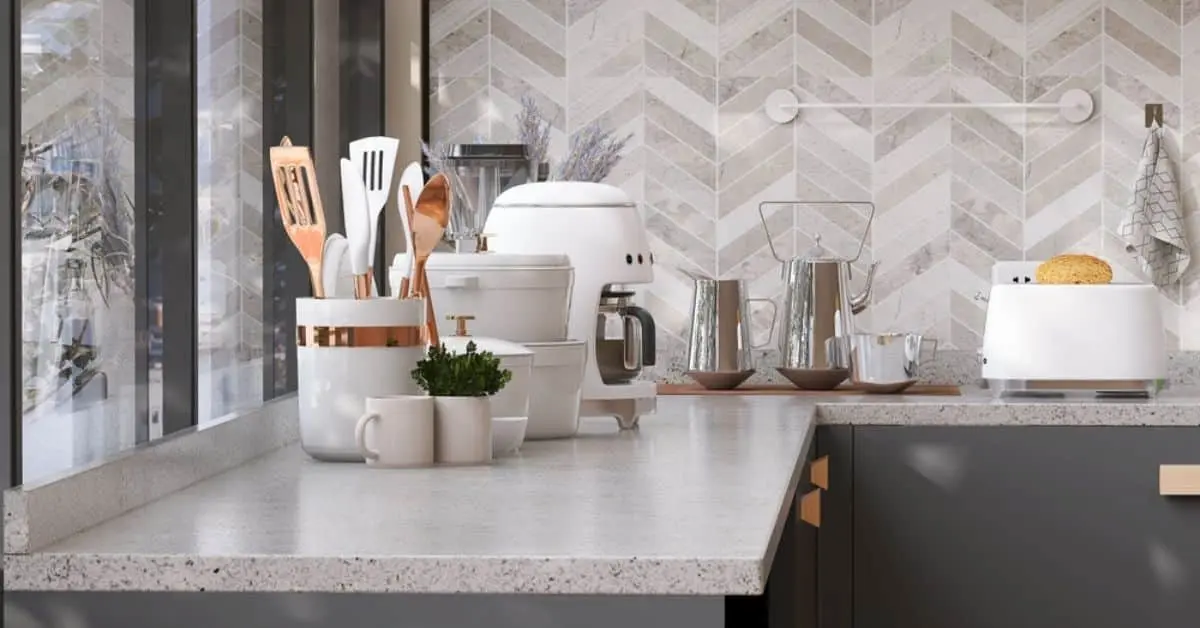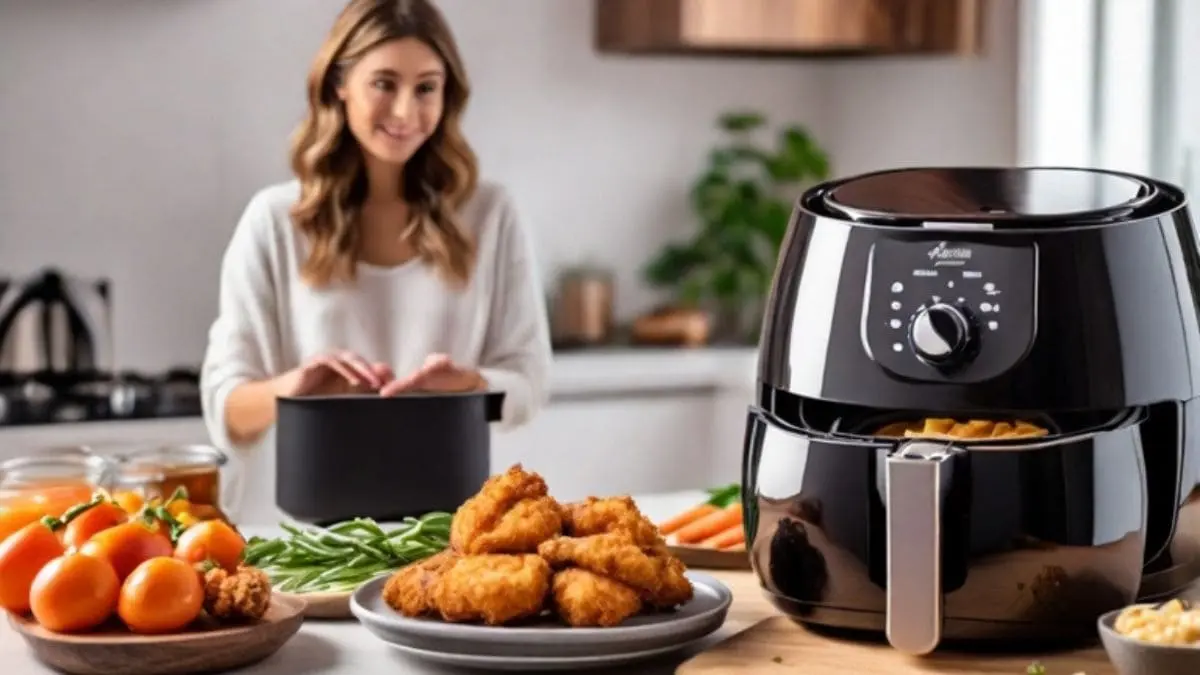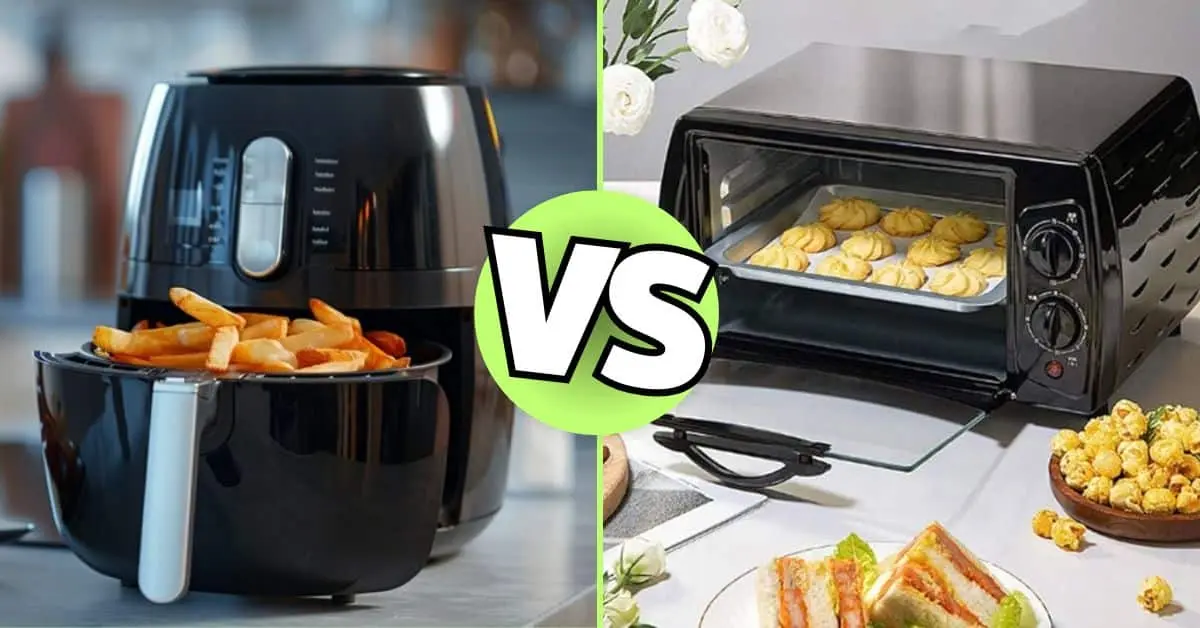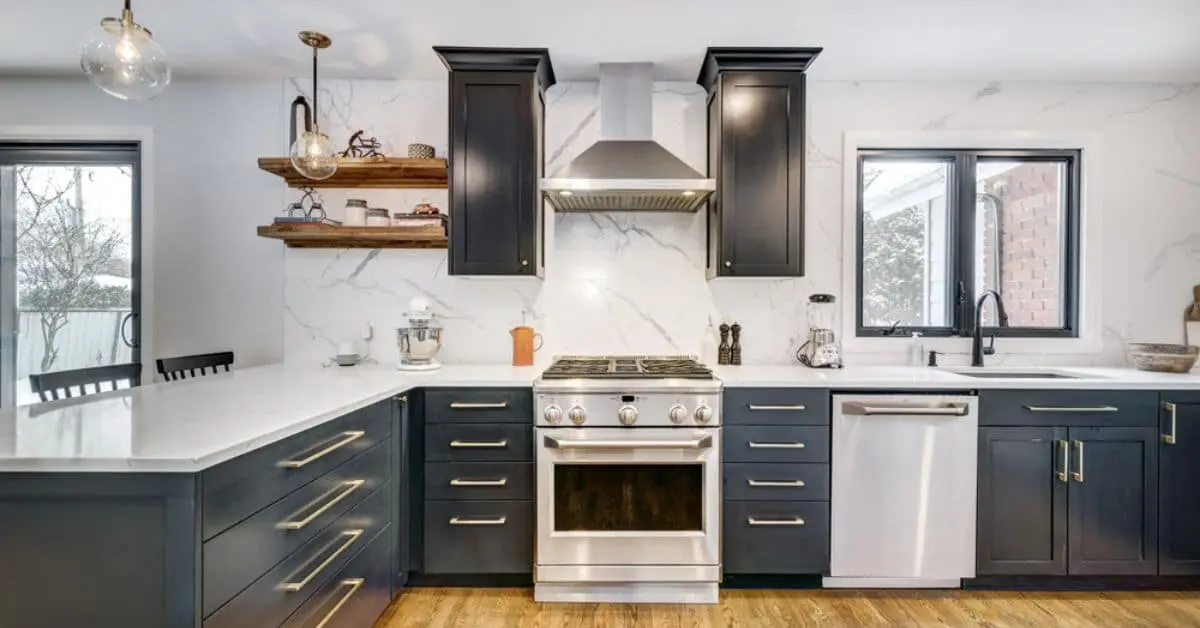A cluttered kitchen counter can make cooking feel like a chore. Too many appliances, tangled cords, and no clear workspace? It’s frustrating. But with the right setup, your kitchen can be both functional and stylish—without sacrificing convenience.
The key is strategic placement. You want daily-use appliances within reach, occasional-use ones stored neatly, and everything arranged to keep your workflow smooth. Whether you have a spacious kitchen or a tiny countertop, a smart arrangement can make all the difference.
In this guide, I’ll walk you through simple, practical tips to organize your kitchen appliances for efficiency, aesthetics, and ease of use. Let’s get started!
Key Factors to Consider Before Arranging Kitchen Appliances
Before you start shifting things around, take a step back and think about your kitchen as a whole. Organizing your countertop appliances isn’t just about clearing space—it’s about creating a setup that works with your lifestyle. The goal is to balance functionality, accessibility, and aesthetics.

Here’s what you need to consider before deciding where everything goes.
Kitchen Layout and Workflow
Your kitchen’s layout plays a huge role in how you should arrange appliances. A well-organized kitchen follows a natural workflow, meaning you shouldn’t have to take extra steps just to make coffee or toast bread in the morning.
Think about the kitchen work triangle—the ideal positioning of your sink, stove, and fridge. These are the three busiest areas, so your appliances should complement this flow, not disrupt it.
For example:
- Keep your coffee maker and toaster near each other if you make breakfast daily.
- Place blenders and food processors close to your prep area to make chopping and blending more efficient.
- Avoid putting large appliances next to each other—this can make the space feel crowded and interfere with movement.
If you have a small kitchen, the workflow is even more important. Every inch counts, so consider using wall-mounted shelves, appliance garages, or corner spaces to keep things accessible without making the counter feel cluttered.
Appliance Usage Frequency
How often you use an appliance should determine where it lives on your counter. This is where a tiered approach works best:
- Daily-use appliances stay on the counter, within easy reach. These are things like coffee makers, toasters, and microwaves—items you use every day without fail.
- Occasionally used appliances should be accessible but not in the way. Think blenders, food processors, or electric kettles—items you use a few times a week. You can place them in a cabinet or a designated storage area and bring them out as needed.
- Rarely used appliances should be stored elsewhere. If you only use a waffle maker or a slow cooker once a month, there’s no need for it to take up valuable counter space. Store these in a pantry, deep cabinet, or even a dedicated shelf in your garage.
This approach keeps your countertops clean and functional, making it easier to use the appliances you actually need without unnecessary clutter.
Counter Space Availability
Your counter space dictates how many appliances you can realistically keep out. A spacious kitchen allows for more flexibility, but in a small kitchen, every appliance needs to justify its place.
If you’re short on space, multi-functional appliances are your best friend. Instead of keeping both a toaster oven and an air fryer, go for a multi-cooker that combines features. If your blender also functions as a food processor, that’s one less appliance taking up room.
For extra counter space, consider:
- Using vertical storage – Floating shelves or wall-mounted racks can hold smaller appliances.
- Opting for a sliding tray – Great for heavy appliances like stand mixers, so you can store them in a corner and slide them out when needed.
- Investing in an appliance garage – A hidden storage space on your counter where you can tuck away small appliances when not in use.
Maximizing space is all about strategic organization, making sure your most-used appliances are accessible while keeping the counter from looking overcrowded.
Aesthetic and Design Considerations
Your kitchen isn’t just a workspace—it’s also a central part of your home. A cluttered countertop can make even the most beautifully designed kitchen look messy. The right appliance arrangement can enhance your kitchen’s aesthetics while keeping things practical.
Here’s how to keep your countertops looking clean and stylish:
- Stick to a cohesive look – If you can, match your appliances. Stainless steel, black, or white appliances can create a unified design rather than a mismatched, cluttered look.
- Use decorative trays or baskets – Grouping smaller appliances (like a coffee maker, milk frother, and grinder) on a tray makes the space feel intentional and neat.
- Tuck away power cords – Visible cords can make your counter look chaotic. Use cord organizers or adhesive hooks to keep them hidden.
- Balance empty space – Leaving some counter space open makes the kitchen feel larger and less crowded. Avoid the temptation to fill every inch with an appliance.
If you prefer a minimalist aesthetic, consider keeping only two or three essential appliances on display and storing the rest. If you love a cozy, functional look, create zones where your appliances naturally complement each other, like a coffee station or a meal prep area.
Step-by-Step Guide to Arranging Kitchen Counter Appliances
Now that you know the key factors to consider, it’s time to put everything into action. Arranging your kitchen counter appliances isn’t just about making them fit—it’s about creating a space that works for you, whether you’re making coffee, prepping meals, or cleaning up.

Follow these six simple steps to transform your kitchen counters from cluttered to effortlessly functional.
Step 1 – Declutter and Categorize
Before you start rearranging, take everything off the counter and assess what you actually use. It’s easy for appliances to pile up over time, but not all of them deserve a permanent spot on your counter.
Start by categorizing your appliances based on how often you use them. Place them into three groups:
- Daily-use appliances – The essentials that need to stay out, like your coffee maker, toaster, or microwave.
- Occasionally used appliances – Items you use a few times a week, like a blender, stand mixer, or air fryer. These should be stored nearby but not necessarily on the counter.
- Rarely used appliances – Things like a waffle maker, food dehydrator, or ice cream machine that you only pull out occasionally. These should be tucked away in cabinets or a pantry.
If you come across an appliance you haven’t used in months, ask yourself if you really need it. If not, consider donating or storing it elsewhere.
Once you’ve categorized everything, you’ll have a much clearer idea of what belongs on your counter and what doesn’t.
Step 2 – Prioritize Essential Daily-Use Appliances
Now that you’ve identified your must-have appliances, it’s time to find them a permanent spot on your countertop. Daily-use appliances should be within arm’s reach and easy to access.
Think about your morning routine. If you make coffee every day, your coffee maker should be in a convenient spot, not hidden behind other appliances. If you use a toaster every morning, don’t keep it in a cabinet—it should be right where you need it.
Placement matters. If an appliance is too far from an outlet, you’ll end up with tangled cords running across your counter, making the space look messy. Try to place daily-use appliances near power sources so they’re easy to use without creating cord chaos.
For small kitchens, consider multi-use appliances to cut down on clutter. A toaster oven can replace both a toaster and an air fryer, and a high-powered blender can double as a food processor. Keeping fewer appliances on the counter makes the space feel cleaner and more open.
Step 3 – Optimize Corner and Wall Space
Corners are often underutilized in kitchens, but they’re great for storing appliances you use frequently but don’t need front and center. If you have a stand mixer, pressure cooker, or slow cooker that you use weekly, a kitchen corner can be the perfect resting place.
Wall space can also be a game changer, especially in small kitchens. If your counters are limited, install floating shelves or wall-mounted racks for appliances like blenders, kettles, or coffee grinders. Appliance garages—hidden storage compartments built into your counter—are another great way to store small appliances while keeping them accessible.
If you’re dealing with a tight space, consider using a rolling cart to hold appliances like a microwave or toaster oven. You can move it around as needed, keeping your counters free for meal prep.
Step 4 – Create Appliance Zones
One of the best ways to organize your countertop is by creating dedicated zones for different types of appliances. This makes your kitchen feel more structured and prevents clutter from spreading across the entire counter.
Here are a few practical appliance zones:
- The Coffee Station – If you start your day with a fresh cup of coffee, dedicate a small corner for your coffee maker, grinder, milk frother, and mugs. Keeping everything in one place makes your morning routine seamless.
- The Meal Prep Zone – This is where your blender, food processor, and cutting boards go. If you prepare meals frequently, having these appliances near your chopping area can make cooking faster and more efficient.
- The Cooking Zone – Keep frequently used appliances like the toaster oven, air fryer, or rice cooker near your stove. This makes it easier to multitask when preparing meals.
Grouping appliances based on how you use them ensures that everything is easy to find and keeps your counter from looking scattered.
Step 5 – Use Smart Storage Solutions
Not everything needs to be on the counter 24/7. Smart storage solutions help you keep appliances accessible without making your kitchen feel cramped.
If you have deep cabinets, consider using pull-out shelves so you can slide out your blender or stand mixer when needed. For heavier appliances, a pop-up shelf is a great option—it lifts appliances like a KitchenAid mixer to counter height and tucks away when not in use.
For smaller appliances, baskets or bins inside cabinets help keep things organized. Instead of stacking appliances haphazardly, group them together so you can grab what you need without digging through a mess.
If you have extra wall space, a pegboard or hanging rack can be a great place to store accessories like hand mixers, immersion blenders, or measuring cups.
Smart storage isn’t just about hiding appliances—it’s about making sure everything is easy to access without taking up valuable counter space.
Step 6 – Maintain a Clean and Organized Countertop
Once you’ve arranged your appliances, the final step is keeping things neat and organized. A well-organized counter can quickly turn messy if you’re not intentional about maintenance.
Make it a habit to clear off any appliances you don’t use daily. If something starts to take up space but isn’t being used, move it to a cabinet or another storage area.
Cord management is also key. Tangled cords can make even the most organized kitchen look chaotic. Use adhesive hooks or cord organizers to keep them tucked away neatly.
Another easy trick? Wipe down your appliances and counter daily. Crumbs, spills, and dust can make your kitchen feel cluttered even if everything is in its place. A quick wipe-down keeps everything looking fresh and inviting.
Recommended Read: How to Store Small Kitchen Appliances Properly
Common Mistakes to Avoid When Arranging Countertop Appliances
Even with the best intentions, it’s easy to make mistakes when organizing your kitchen counter appliances. A cluttered or poorly arranged countertop can make cooking frustrating, waste valuable space, and even create safety hazards. To keep your kitchen both functional and stylish, here are some of the most common mistakes to avoid.

Placing Too Many Appliances on the Counter
One of the biggest mistakes people make is trying to fit too many appliances on the counter. While it might seem convenient to have everything within arm’s reach, too many appliances create visual clutter and reduce your available workspace.
Why it’s a problem:
- Makes your kitchen look messy and cramped.
- Reduces space for meal prep and cooking.
- Increases the risk of knocking things over while working.
How to fix it:
Keep only essential daily-use appliances on the counter. Store occasionally used appliances in cabinets or on shelves. If you have limited space, consider investing in multi-functional appliances that serve multiple purposes, like a toaster oven that can replace both a toaster and an air fryer.
Ignoring the Kitchen Workflow
A well-organized kitchen follows a logical workflow, meaning everything should be placed based on how and when you use it. Many people put appliances wherever they fit, without considering efficiency.
Why it’s a problem:
- Wastes time moving back and forth between appliances.
- Creates unnecessary steps when preparing meals.
- Can cause congestion in high-traffic areas.
How to fix it:
Arrange appliances based on your daily routine. Place coffee makers near cups and coffee supplies, toasters near bread storage, and blenders near prep areas. Keeping appliances in functional zones makes cooking smoother and less frustrating.
Not Utilizing Vertical Space
Many people overlook wall space and corners, leading to overcrowded countertops. If your kitchen feels too cluttered, chances are you’re not making use of vertical storage options.
Why it’s a problem:
- Wastes valuable space that could be used for storage.
- Leaves counters crowded and disorganized.
- Makes it harder to clean and maintain order.
How to fix it:
Use floating shelves, wall-mounted racks, or pegboards to store smaller appliances or their accessories. If you have deep cabinets, add pull-out trays or risers to make items more accessible without taking up counter space.
Placing Appliances Too Far from Outlets
This mistake is both inconvenient and a potential safety hazard. If your appliances are too far from outlets, you’ll end up with unsightly and tangled cords running across your counter, which can make the space look messy and even create tripping hazards.
Why it’s a problem:
- Looks disorganized and cluttered.
- Can lead to cords getting tangled or damaged.
- Might require moving appliances back and forth constantly.
How to fix it:
Keep daily-use appliances as close to outlets as possible to minimize visible cords. If needed, use adhesive hooks or cord organizers to keep wires neatly tucked away. For kitchens with limited outlet access, consider using a power strip with surge protection that blends into the space.
Blocking Ventilation for Heat-Producing Appliances
Appliances like microwaves, toasters, and air fryers generate heat and need proper airflow to function safely. Placing them too close to walls or stacking items around them can restrict airflow and cause overheating.
Why it’s a problem:
- Can lead to overheating and shorten appliance lifespan.
- Increases the risk of kitchen fires.
- Makes cleaning difficult if appliances are crammed into tight spaces.
How to fix it:
Check the manufacturer’s recommendations for spacing requirements. Leave at least a few inches of space around heat-producing appliances. If counter space is tight, consider wall-mounted microwave shelves or rolling carts to keep appliances safely positioned.
FAQs on How to Arrange Appliances on Kitchen Counter
If you’re still wondering about the best way to organize your kitchen counter appliances, here are some quick answers to common questions.
How many appliances should I keep on my kitchen counter?
Keep only essential daily-use appliances on your counter, such as a coffee maker, toaster, or microwave. Store rarely used appliances in cabinets or shelves to prevent clutter and free up workspace.
Where should I place my coffee maker in the kitchen?
Place your coffee maker in a designated beverage zone, ideally near the sink or a water source for easy refilling. Keep coffee supplies like mugs, sugar, and filters in a nearby cabinet or drawer for convenience.
Is it okay to keep my air fryer or toaster oven near the wall?
No, these appliances need proper ventilation to prevent overheating. Leave at least a few inches of space around heat-producing appliances to allow for airflow and safe operation.
What’s the best way to manage appliance cords on the counter?
Use cord organizers, adhesive hooks, or cable clips to keep cords neat and out of sight. Keep appliances close to outlets to reduce visible wires, and unplug unused appliances when not in use.
How can I make my countertop appliances match my kitchen decor?
Choose appliances in neutral colors or stainless steel finishes for a cohesive look. You can also group appliances in matching trays or baskets to keep things visually appealing and organized.
What’s the best way to arrange appliances in a small kitchen?
Prioritize multi-use appliances to save space, utilize vertical storage like wall-mounted shelves, and keep only the most frequently used appliances on the counter. Store the rest in cabinets or pantry shelves.
Should I place my microwave on the counter or mount it?
If you have limited counter space, consider mounting your microwave under cabinets or on a shelf. However, if you use it frequently and have enough room, keeping it on the counter for easy access is fine.
How often should I clean under my appliances?
Wipe under and around appliances at least once a week to prevent dust, crumbs, and grease buildup. A deep clean once a month will help keep your kitchen fresh and hygienic.
Conclusion
Arranging appliances on your kitchen counter might seem like a small task, but it can make a big difference in how efficiently and comfortably you use your kitchen. By prioritizing daily-use appliances, maximizing available space, and keeping things organized and clutter-free, you’ll create a setup that’s both functional and stylish.
Remember, the key is to strike a balance between convenience and aesthetics. Keep what you need within reach, store what you don’t, and use smart storage solutions to keep your counters neat. A well-organized kitchen counter not only makes cooking easier but also makes your kitchen feel more inviting and enjoyable.
Take a step back, assess your space, and start organizing today—you’ll be surprised how much of a difference it makes!
You May Also Read: How to Make More Counter Space in a Small Kitchen





